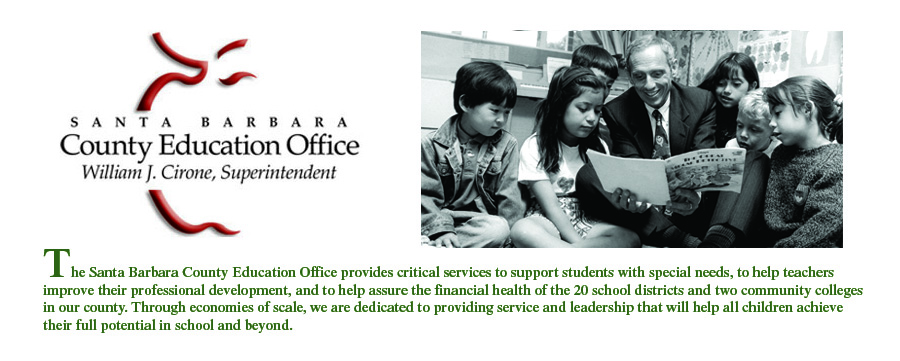January 29, 2014
Children love it when adults tell
them stories. Sadly, many children live in households where happy stories are
few and far between.
We know that the traumas associated
with poverty, abuse, neglect, or violence can cause developmental and
behavioral problems. We also know that homeless and at-risk children are most
likely to suffer these challenges.
Storyteller Children’s Center, a
true community treasure, has been filling a void for children and families
since its inception, serving those most in need of these targeted services. In
fact, I view Storyteller, now celebrating its 25th anniversary, as an
organization that embodies the heart and soul of the Santa Barbara community.
It delivers free, high-quality early childhood education, coupled with
comprehensive support services for families.
Storyteller provides children with
nutritious meals, vision and dental screenings, and therapy for developmental
delays. Parents are able to finish school or work full-time while their
children are enrolled; they can also take part in parent education classes and
receive counseling, case management, and referral services on site.
While the value of these services
is self-evident to those who work with these children and families, researchers
at UCSB have been able to quantify the benefits. A longitudinal study,
currently in its fourth year, shows that students who graduate from Storyteller
receive “proficient” and “advanced” marks on their kindergarten and first-grade
report cards, faring much better than children from similar circumstances who
did not go to Storyteller.
There is also a monetary value to
the community at large. For every dollar invested in high-quality early
childhood education programs like Storyteller, taxpayers receive a $17 return
on the investment in a few short years, from the young adults who are
contributing to society and avoiding government support through welfare, health
care, or jail time.
For 25 years Storyteller, a truly
innovative nonprofit, has developed a national model for meeting the social,
medical, psychological and educational needs of homeless and at-risk students.
It has done this along with well-earned community support and resources, a
tribute to the respect and appreciation the public has for the remarkable
results the organization has been able to achieve.
As a long-time supporter I have
seen first-hand that this system of intervention works. Data from the UCSB
Graduate School of Education’s study confirms this observation.
The dedicated and visionary staff
and board members at Storyteller are community heroes who deserve our heartfelt
support and thanks. Their good work touches the lives of our youngest and most
vulnerable children every day. And best of all, it provides those children with
positive, happy stories that they otherwise would have to do without. That is
the true gift of any storyteller.
All involved should take a bow.
Happy 25th anniversary, Storyteller, and thank you for all that you do.
